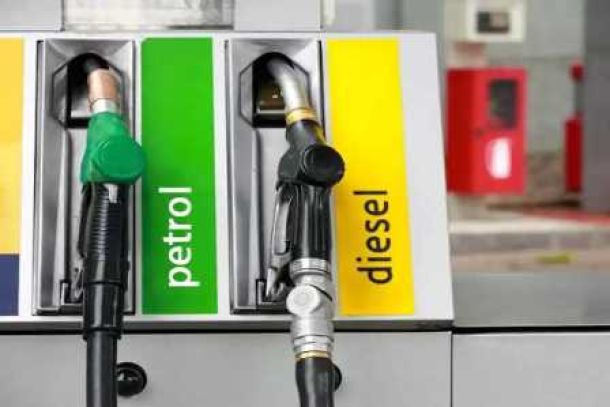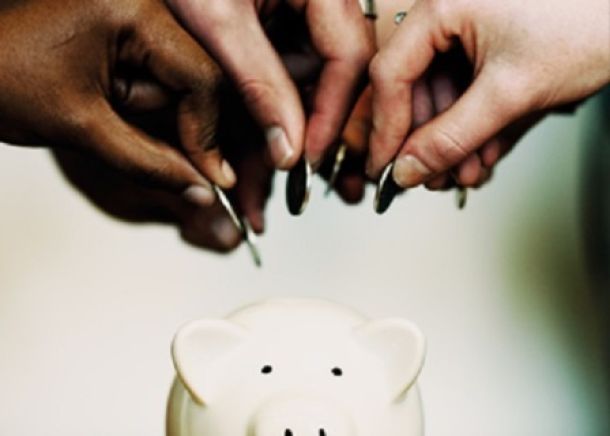Consumers could face a 20% electricity tariff hike
Eskom aims to hike power prices almost 20%, a confidential draft application shows. If approved, such a drastic increase could negatively affect municipalities and businesses that are already struggling to keep up with high power costs.
A steep increase in electricity prices will put upward pressure on inflation, which has been looking more benign for the coming year.
The Reserve Bank in its latest monetary policy committee statement cited downward revisions to its electricity tariff assumptions as one reason why its near-term inflation forecast had improved.
The Bank is now assuming the electricity prices will rise by only 5.7% in 2017, down from its previous assumption of 7.7% and well below the 9.3% at which electricity prices increased in 2016.
Eskom spokesman Khulu Phasiwe said on Monday Eskom would submit its final revenue application for 2018-19 to the National Energy Regulator of SA (Nersa) by the end of June.
The confidential draft tariff application, sent to the Treasury and the South African Local Government Association (Salga) in April, showed Eskom proposed to charge its clients an average 19.9% more in tariffs. Municipalities could pay 27.3% more for bulk electricity purchases. Eskom said the increase was needed as revenue was being recouped from a lower sales volume.
The major contributors to the proposed price increase are sales-volume rebasing, growth in independent power producers and operating costs. These increases were offset by the lower returns and depreciation, which constitutes a drop of 9.4 percentage points compared with the current year, Eskom said. The draft application was for a total revenue of R218.7bn, a 6.6% increase from the current financial year. The standard tariff will contribute a proposed R6.541bn to the total revenue, a 3.3% increase on Nersa’s decided revenue for the current financial year.
Eskom has received responses from the Treasury and Salga and must now incorporate these into its final revenue application to Nersa.
Energy expert Chris Yelland said Eskom’s direct clients and municipal consumers would be severely affected.
“The impact on municipal consumers will be far worse than on direct customers. There are many municipalities that can’t pay Eskom as it is. People who don’t have money will think of ways of bypassing their [electricity] meters.”
The cost of manufacturing would probably also grow, putting pressure on the primary sector, Yelland said.
“For energy-intensive customers in primary industry, such as steel, aluminium and paper manufacturing, the impact will be very severe indeed. It will reduce their profitability by making them uncompetitive,” he said.
Increasing prices to cope with reduced sales was likely to lead to a death spiral.
Jarredine Morris, of the Energy Intensive User Group, said while the effect would vary across its member companies, it would certainly be felt. “An increase of that size is concerning. Many of our members are already struggling. Electricity costs are just one of the factors they are grappling with.”
Nersa confirmed an average 2.2% tariff increase in 2016 for the 2017-18 financial year, effective from April 1. Municipal customers will experience an average 0.3% hike from July 1.
This decision by the regulator was based on a five-year tariff calculation system, informed by what it considers “allowable revenue”. Eskom was able to make corrections over the five years to recoup additional revenue it could demonstrate it was entitled to over and above the agreed 8% tariff increase.
The five-year period will end in March 2018, which is why Eskom is now preparing for its next application.
Nersa has agreed to Eskom making a revenue application for a single financial year, pending litigation to clarify the regulatory clearing account mechanism, through which Eskom recovers retrospective revenue.
Business Unity SA has accused Eskom of attempting to hike electricity without justification when the utility asked Nersa for leave to deviate from the multiyear price determination.
“Given the critical importance of electricity to power the economy and drive inclusive growth and employment, it is imperative that South Africans can take comfort from the fact that tariff increases are justified and required.
“Busa believes the process for public participation in this matter was inadequate within a constrained time frame.
“Such requests should be the subject of public hearings and be published for comment as soon as possible after the receipt of the request.
“In future, clear time lines should be provided for licensees to submit such applications and should be enforced,” it said.
Phasiwe said Eskom’s tariffs were not sustainable.
News Category
- International retailers
- On the move
- Awards and achievements
- Legislation
- Wine and liquor
- Africa
- Going green
- Supplier news
- Research tools
- Retailer trading results
- Supply chain
- Innovation and technology
- Economic factors
- Crime and security
- Store Openings
- Marketing and Promotions
- Social Responsibility
- Brand Press Office
Related Articles

South Africans to expect big petrol price cuts

Confirmed: Petrol, diesel price cuts on Wednesday

SA poultry industry calls for targeted chicken ...

Empowering South African households through gro...


